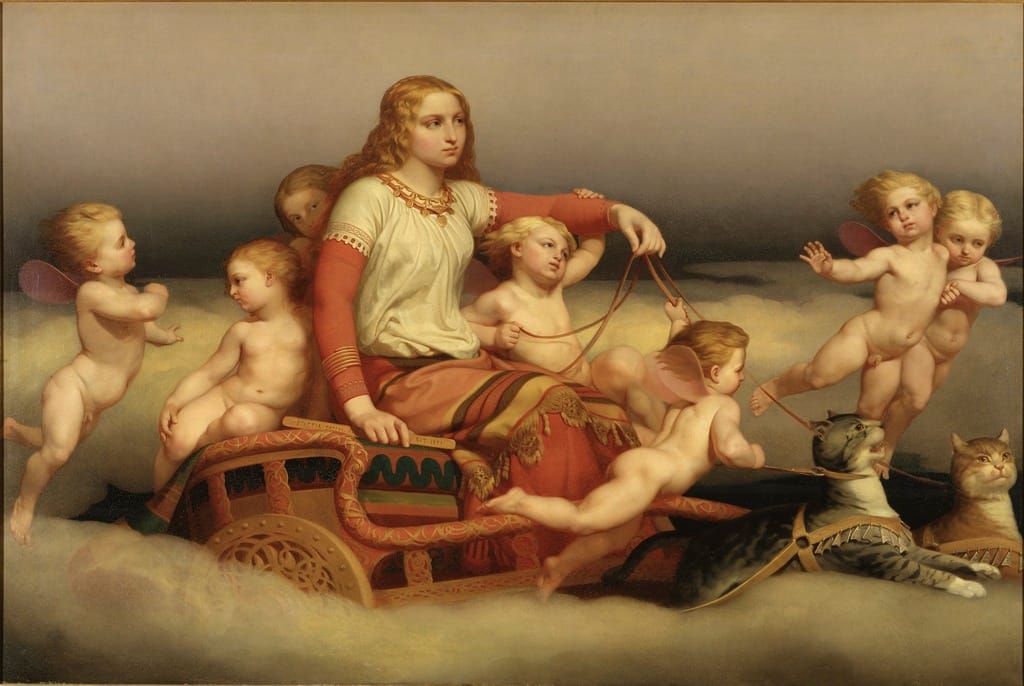vanadium

Vanadium is a chemical element with atomic number 23 and the symbol V. It is a hard, silvery-gray transition metal. It has a variety of uses, primarily in steel alloys to increase hardness.
The element was first discovered by Andrés Manuel del Río y Fernández in 1801. He initially dubbed the element panchromium (Greek παγχρώμιο, all colors), and upon finding that when heated the metal changed to a red color, he redubbed it erythronium (Greek: ερυθρός, red). But his discovery was not generally accepted at the time, and he withdrew the claim thinking he had been in error.
Nils Gabriel Sefström rediscovered the element in 1830, giving it the name vanadium after a nickname for the goddess Freya:
Nament.
Då detta var likgiltigt, valdes helst ett sådant, hvars begynnelse-bokstaf ej förekommer såsom sådan uti hittills kända enkla kroppars namn, och kallade den Vanadin, på latin Vanadium, efter Vanadis ett tillnamn åt Freija, den förnämsta gudinnan uti göthiska Mythologien.
(The Name.
As this [substance] was undifferentiated, one was preferably chosen whose initial letter does not appear as such in the names of simple bodies known so far, and called it Vanadin, in Latin Vanadium, after Vanadis, a nickname for Freija, the foremost goddess in Gothic mythology.)
Sources:
Miśkowiec, Pawel. “Name Game: The Naming History of the Chemical Elements: Part 2—Turbulent Nineteenth Century.” Foundations of Chemistry, 8 December 2022. DOI: 10.1007/s10698-022-09451-w.
Oxford English Dictionary, second edition, 1989, s.v., vanadium, n., erythronium, n.
Sefström, N. G. “Om Vanadium, en ny metall, funnen uti stångjern, som är tillverkadt af malm ifrån Taberget I Småland.” Kongl. Vetenskaps-Academiens Handlingar för år 1830. Stockholm: P. A. Norstedt & Söner, 1831, 255–261 at 258. HathiTrust Digital Archive.
Image credit: Painting by Nils Blommér, 1852. Photo by Cecilia Heisser, NationalMuseum Sweden. Wikimedia Commons. Public domain image.